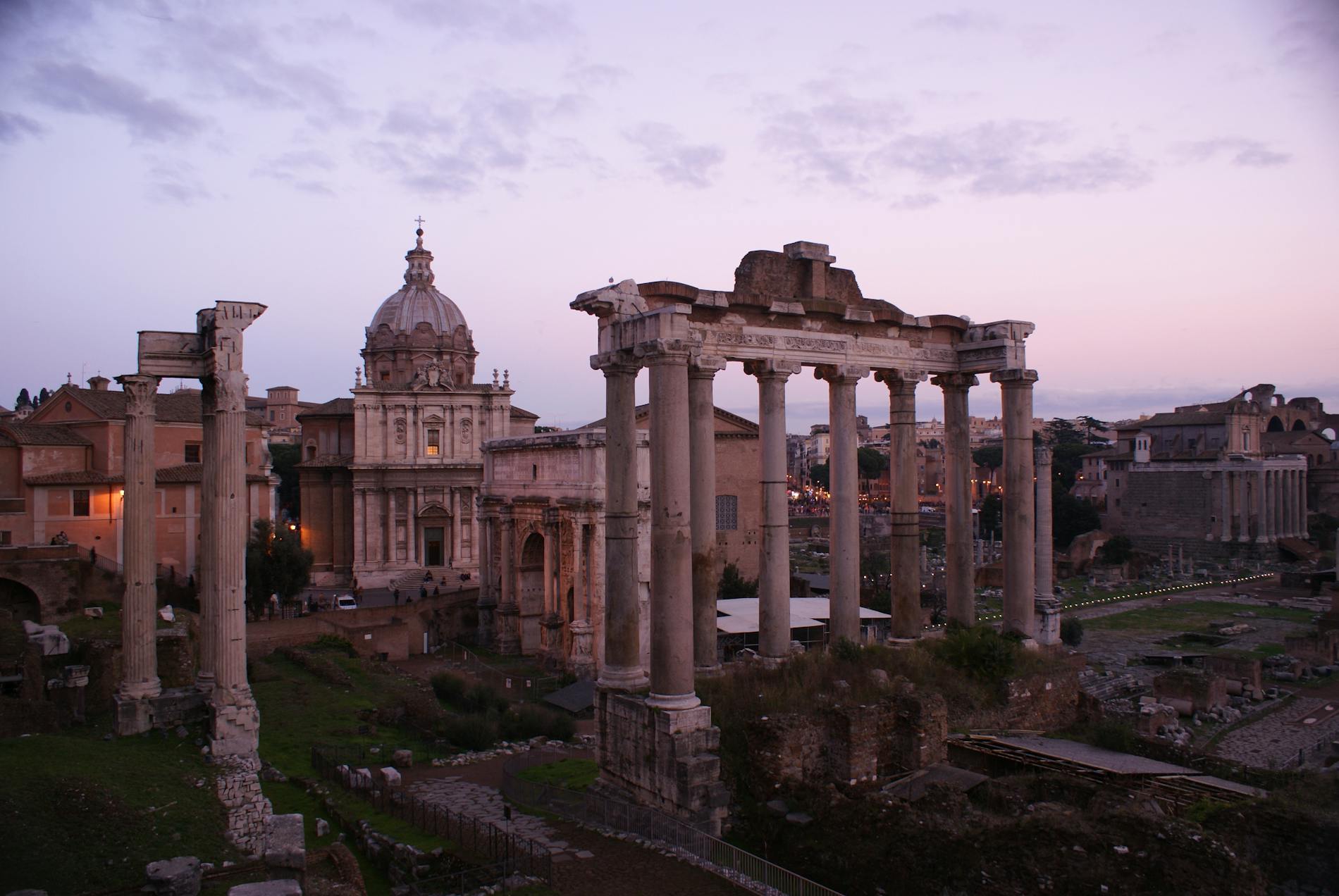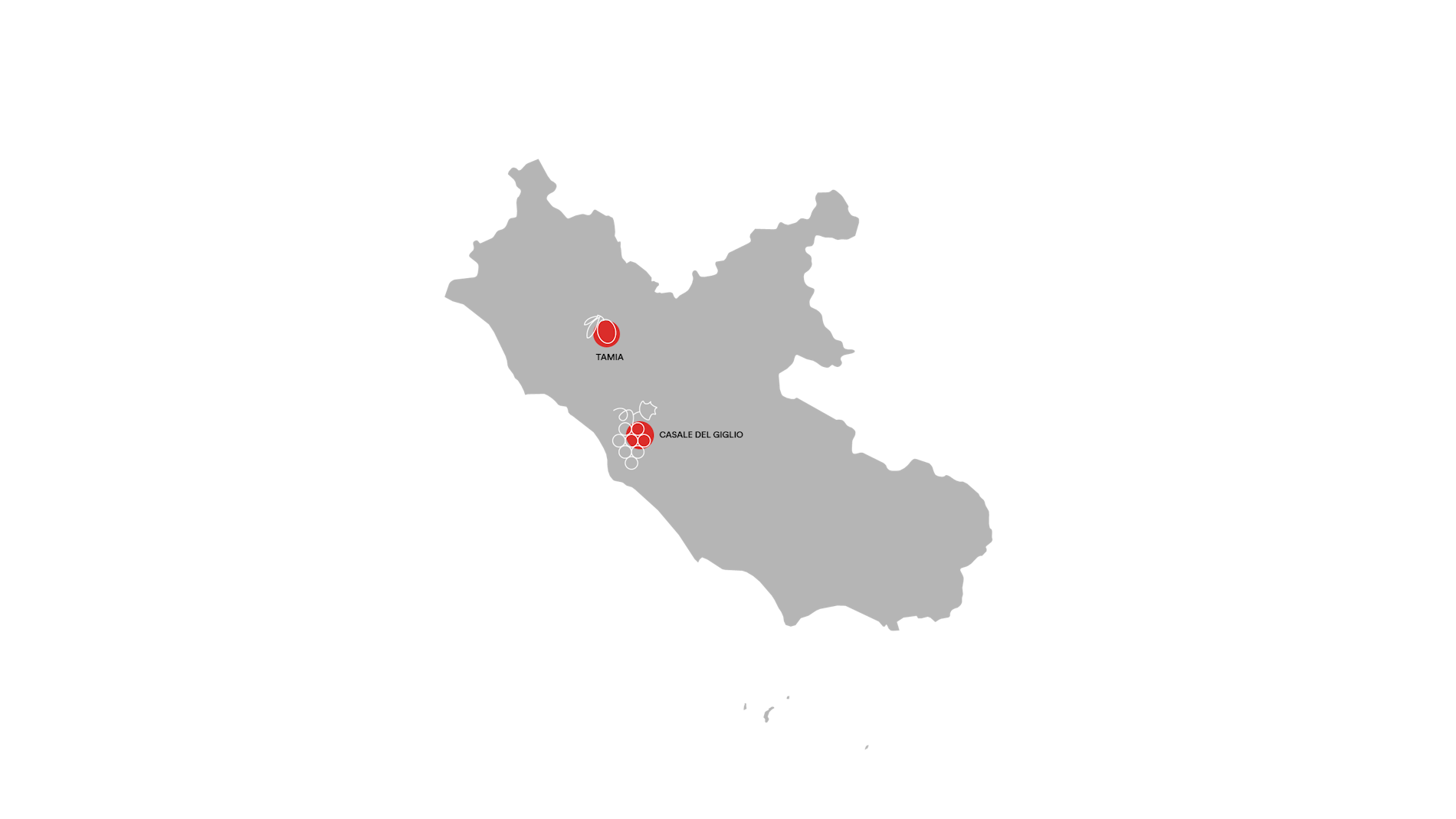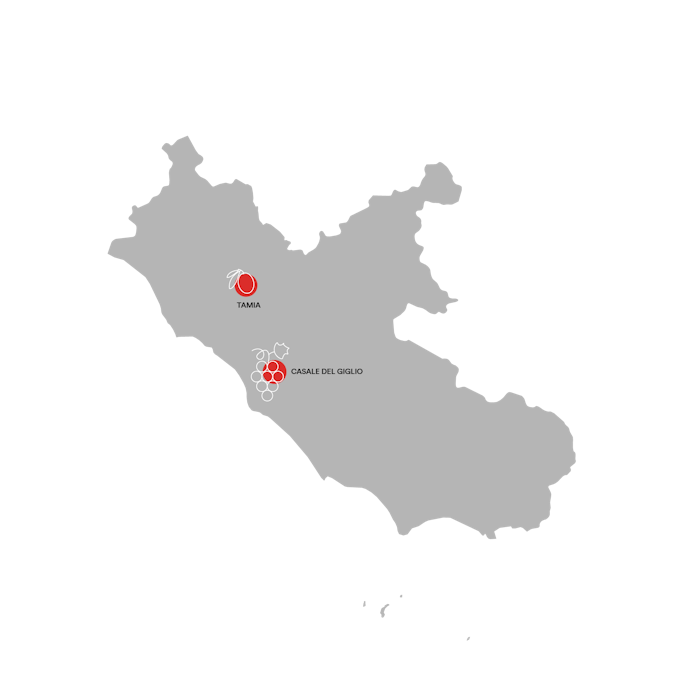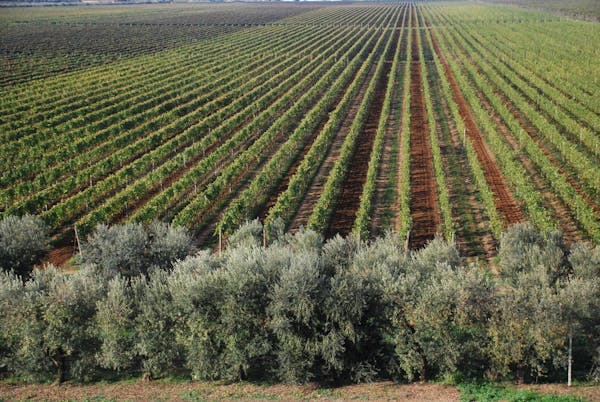
Lazio
Overview
With ancient treasures, medieval towns, remote hilltop monasteries and volcanic lakes, Lazio is one of Italy's great surprise journey.
Cities and hamlets brimming with history, nature reserves and hidden gems, archaeological sites, lakes and beaches: the Lazio region hosts Rome, the city par excellence, but cherishes much more. The region is wide and full of treasures: within its territory you have mountains and sea, rivers, lakes and volcanos; there are the extraordinary historical evidence of the Eternal City but also the Etruscan finds and tombs of the Tuscia in the Viterbo area, the archaeological site of Ostia Antica, the Temple of Jupiter Anxur in Terracina, Villa Adriana in Tivoli, the necropolis in Cerveteri and much more.
- Lazio is Rome
With a history covering 28 centuries, one-of-a-kind treasures and views and a charm impossible to resist, Rome is a constant surprise, a key stage of every Italian “Grand tour”. To plunge into history the perfect destination in Lazio is first of all Rome, but all over the region there are important archaeological sites and places of cultural interest.
- Lazio is archeological sites
Lazio is quite a special region speaking of Italian archaeology. Many Italic civilizations came and went before Etruscan civilization developing and then Roman's.
There's an important evidence of Prehistoric human presence. Some traces date back to Lower Paleolithic like Casal dei pazzi. At the beginning of I Millennium region is inhabited by Etruscans and by Italic ethnic groups in the South. Etruscan civilization keeps flourishing all along I Millennium in the northern Lazio before to fall under Rome control.
In the final Roman Kingdome, Rome was crushed by Etruscan rule and was influenced by Greek culture. Ancient Roman civilization left the most amazing evidence of itself not only in the very city of Rome but also in many other cities nearby. Besides Rome was the main center of Christianity of which we can found large evidence in local necropolis and catacombs. - Lazio is Bucatini all'amatriciana
This is an old recipe based on one enjoyed since Roman times without tomatoes ( alla Gricia from Griciano near Amatrice). The first record of this dish being made with tomatoes is from 1790. There is some dispute about the origin of this dish if it is actually from Amatrice, as the name implies, or was made in Rome by someone originally from Amatrice.
Amatrice used to be part of Aquila so was part of Abruzzese cuisine. Amatrice has a spaghetti festival the first Sunday after Ferragusto (15th of August) every year starring the Amatriciana sauce.
Variations of this dish include substituting garlic for onion, eliminating the butter or substituting it with olive oil or lard and substituting the chilli for black pepper.


